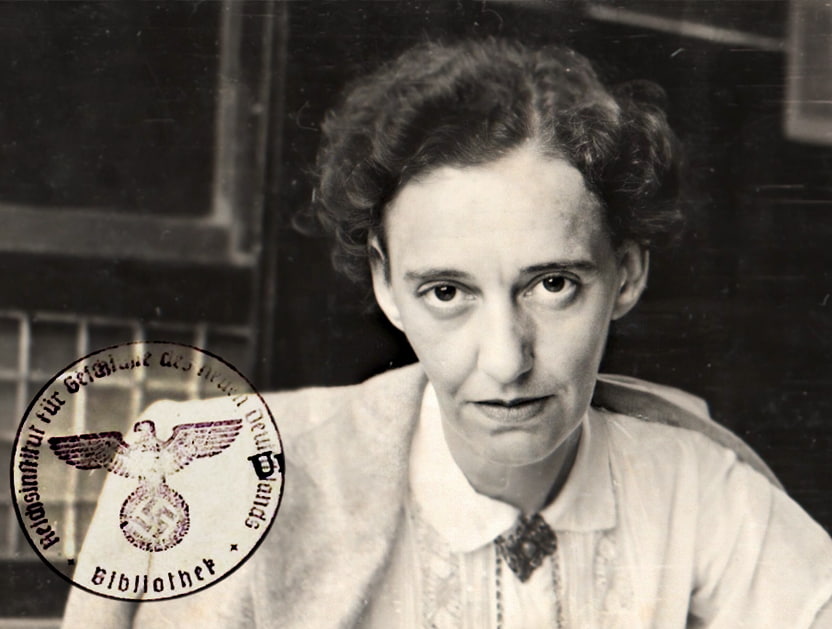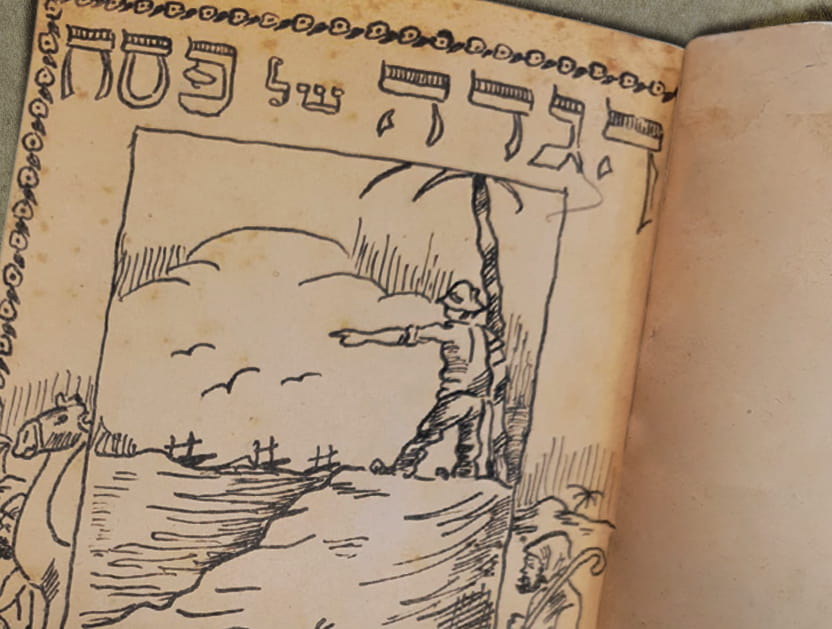The role of women in work and society in the ancient near East
להגדלת הטקסט להקטנת הטקסט- ספר
Economic history is well documented in Assyriology, thanks to the preservation of dozens of thousands of clay tablets recording administrative operations, contracts and acts dealing with family law. Despite these voluminous sources, the topic of work and the contribution of women have rarely been addressed.This book examines occupations involving women over the course of three millennia of Near Eastern history. It presents the various aspects of women as economic agents inside and outside of the family structure. Inside the family, women were the main actors in the production of goods necessary for everyday life. In some instances, their activities exceeded the simple needs of the household and were integrated within the production of large organizations or commercial channels. The contributions presented in this volume are representative enough to address issues in various domains: social, economic, religious, etc., from varied points of view: archaeological, historical, sociological, anthropological, and with a gender perspective.This book will be a useful tool for historians, anthropologists, archaeologists and graduate students interested in the economy of the ancient Near East and in women and gender studies.
| כותר |
The role of women in work and society in the ancient near East / edited by Brigitte Lion and Cécile Michel. |
|---|---|
| מוציא לאור |
Boston, [Massachusetts] Berlin, [Germany] : De Gruyter |
| שנה |
2016 |
| הערות |
Description based upon print version of record. Issued also in print. Includes bibliographical references at the end of each chapters and index. In English. |
| הערת תוכן ותקציר |
Frontmatter -- Foreword -- Acknowledgements -- Contents -- Women and Work in the Ancient Near East: An introduction -- Weaving, Potting, Churning: Women at work during the Uruk period -- Representation of Women in Mesopotamian Lexical Lists -- Women and Land in the Presargonic Lagaš Corpus -- The Role of Women in Work and Society in the Ebla Kingdom (Syria, 24th century BC) -- Women and Production in Sargonic Adab -- Professional Women and Women at Work in Mesopotamia and Syria (3rd and early 2nd millennia BC): The (rare) information from visual images -- Women at Work and Women in Economy and Society during the Neo-Sumerian Period -- The Sex-Based Division of Work versus Intersectionality: Some strategies for engendering the Ur III textile work force -- Women Work, Men are Professionals in the Old Assyrian Archives -- The Job of Sex: The social and economic role of prostitutes in ancient Mesopotamia -- “She is not fit for womanhood”: The Ideal Housewife According to Sumerian Literary Texts -- Economic Activities of nadītum-Women of Šamaš Reflected in the Field Sale Contracts (MHET II/1–6) -- Cherchez la femme! -- Economic Activities of Women According to Mari Texts (18th century BC) -- Women at Work in Mesopotamia: An attempt at a legal perspective -- Sources for the Study of the Role of Women in the Hittite Administration -- Work and Gender in Nuzi Society -- Women in Economic Agreements: Emarite sale contracts (Syria, 13th century BC) -- The kubuddā’u-Gift in the Emar Texts -- Women in Elamite Royal Inscriptions: Some observations -- Women and their Activities in Divinatory Texts -- Studying Gender: A Case study of female administrators in Neo-Assyrian palaces -- Historiography on Studies Dedicated to Women and Economy during the Neo-Babylonian Period -- Invisible Workers: The role of women in textile production during the 1st millennium BC -- Economic Activities of Women in 1st Millennium Babylonia -- Beauty Experts: Female perfume-makers in the 1st millennium BC -- Women and Prebends in Seleucid Uruk -- Women and the Economic History of the Ancient Greek World: Still a challenge for gender studies -- Index of professions and activities |
| סדרה |
Studies in Ancient Near Eastern Records, 2161-4415 Volume 13 |
| היקף החומר |
1 online resource (586 p.) |
| שפה |
אנגלית |
| שנת זכויות יוצרים |
©2016 |
| מספר מערכת |
997010704590505171 |
תצוגת MARC
יודעים עוד על הפריט? זיהיתם טעות?

 כניסה עם גוגל
כניסה עם גוגל
 כניסה עם פייסבוק
כניסה עם פייסבוק



